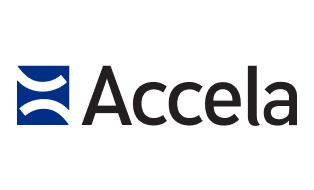Introduction: Streamlining for Innovation
In the realm of government digital services, progress often demands a step back to evaluate and streamline existing technologies. The challenges of modernization and service delivery have necessitated a playbook for IT leaders. This guide, volume 4 in an ongoing CIO series, was derived from a collaboration between the Center for Digital Government, Accela, and Microsoft, and stresses the importance of simplification as a cornerstone for future innovation.
The Mounting Challenge
Government IT faces a myriad of challenges, including improving digital services, adhering to data protection mandates, and fortifying against evolving cybersecurity threats. The task is further complicated by legacy systems and the rapid pace of software updates. As Accela CTO Renato Mascardo puts it, embracing a minimalist approach to manage the technology stack is crucial for managing these challenges effectively.
Strategies for Simplification
- Understanding the Landscape: Inventorying applications and systems is the first step. This helps in identifying redundancies and dependencies that hinder modernization.
- Engaging Stakeholders: Strong relationships with business units are essential. Involving them in the decision-making process ensures that the IT solutions align with their needs and encourages cooperation.
- Prioritizing End-User Needs: An “outward in” model, focusing first on the needs of internal and external constituents, is key. This approach aids in identifying critical applications and shaping the modernization roadmap accordingly.
- Adopting a Cloud Strategy: Transitioning to cloud-based services can significantly reduce the complexity of the in-house IT footprint. This strategy should encompass software-as-a-service applications and cloud-based platforms that provide common tools and data stores.
- Setting Measurable Goals: Establishing clear KPIs around simplification and IT footprint reduction ensures that the modernization efforts stay on track and yield tangible benefits.
Looking Forward: The Role of Emerging Technologies
The integration of AI and machine learning presents a promising avenue for further simplification and efficiency. By building systems on modern cloud technology, governments are better positioned to deliver personalized digital services and adapt to changing needs swiftly.
Conclusion: A Unified Vision for Modernization
The journey towards streamlined government IT systems is complex but essential. The CIO Playbook underscores the need for a unified vision that balances technical upgrades with the overarching goal of simplification. By focusing on reducing complexities and embracing modern technologies, governments can effectively meet the evolving demands of their constituents and pave the way for future innovations.




